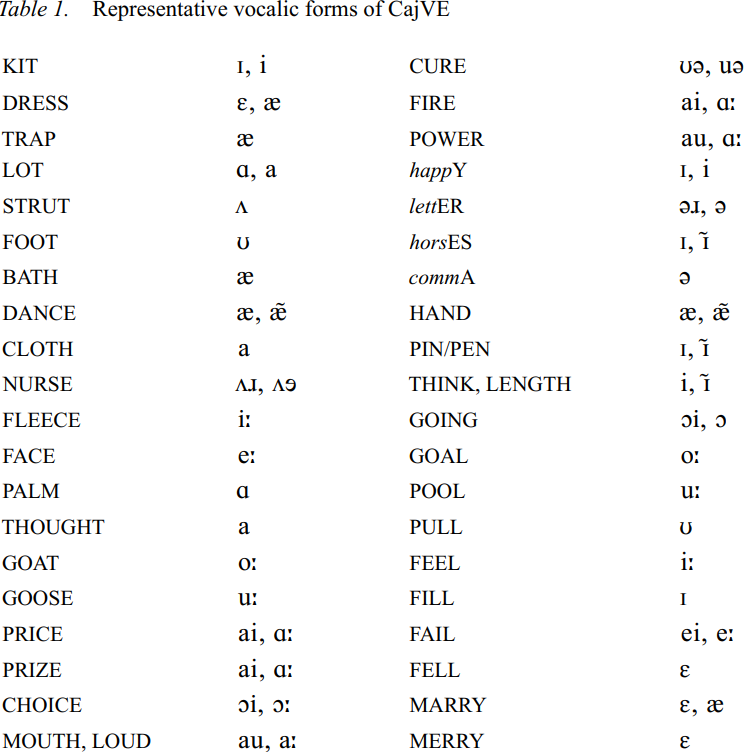

Grammar


Tenses


Present

Present Simple

Present Continuous

Present Perfect

Present Perfect Continuous


Past

Past Continuous

Past Perfect

Past Perfect Continuous

Past Simple


Future

Future Simple

Future Continuous

Future Perfect

Future Perfect Continuous

Passive and Active


Parts Of Speech


Nouns

Countable and uncountable nouns

Verbal nouns

Singular and Plural nouns

Proper nouns

Nouns gender

Nouns definition

Concrete nouns

Abstract nouns

Common nouns

Collective nouns

Definition Of Nouns


Verbs

Stative and dynamic verbs

Finite and nonfinite verbs

To be verbs

Transitive and intransitive verbs

Auxiliary verbs

Modal verbs

Regular and irregular verbs

Action verbs


Adverbs

Relative adverbs

Interrogative adverbs

Adverbs of time

Adverbs of place

Adverbs of reason

Adverbs of quantity

Adverbs of manner

Adverbs of frequency

Adverbs of affirmation


Adjectives

Quantitative adjective

Proper adjective

Possessive adjective

Numeral adjective

Interrogative adjective

Distributive adjective

Descriptive adjective

Demonstrative adjective


Pronouns

Subject pronoun

Relative pronoun

Reflexive pronoun

Reciprocal pronoun

Possessive pronoun

Personal pronoun

Interrogative pronoun

Indefinite pronoun

Emphatic pronoun

Distributive pronoun

Demonstrative pronoun


Pre Position


Preposition by function

Time preposition

Reason preposition

Possession preposition

Place preposition

Phrases preposition

Origin preposition

Measure preposition

Direction preposition

Contrast preposition

Agent preposition


Preposition by construction

Simple preposition

Phrase preposition

Double preposition

Compound preposition


Conjunctions

Subordinating conjunction

Correlative conjunction

Coordinating conjunction

Conjunctive adverbs


Interjections

Express calling interjection


Grammar Rules

Preference

Requests and offers

wishes

Be used to

Some and any

Could have done

Describing people

Giving advices

Possession

Comparative and superlative

Giving Reason

Making Suggestions

Apologizing

Forming questions

Since and for

Directions

Obligation

Adverbials

invitation

Articles

Imaginary condition

Zero conditional

First conditional

Second conditional

Third conditional

Reported speech


Linguistics

Phonetics

Phonology


Semantics


Pragmatics

Linguistics fields

Syntax

Morphology

Semantics

pragmatics

History

Writing

Grammar

Phonetics and Phonology

Semiotics


Reading Comprehension

Elementary

Intermediate

Advanced


Teaching Methods

Teaching Strategies
CajVE vowels
المؤلف:
Sylvie Dubois and Barbara M. Horvath
المصدر:
A Handbook Of Varieties Of English Phonology
الجزء والصفحة:
410-24
2024-04-02
1126
CajVE vowels
We summarized the CajVE vocalic system. The phonetic inventory of CajVE is similar to Southern English. However, CajVE speakers do not prolong stressed vowels and diphthongs.


Glide absence in FLEECE, FACE, GOAT, GOOSE is typical of CajVE. Their nuclei do not fall or become fronted as in Southern English. The nuclei of KIT may rise but CajVE speakers lower the DRESS vowel in words such as Texas, bed, red, better, well and egg to [æ]. Consequently the words bed and bad sound the same, although the word bed, pronounced [bæ] has a shorter length than the word bad pronounced [bæ:]. Although CajVE shows the PIN/PEN and THOUGHT/LOT mergers, upgliding forms of THOUGHT, BATH and DANCE occur irregularly. By contrast, monophthongization of PRICE, PRIZE, CHOICE, FIRE, MOUTH, and POWER is prevalent. The non-rhotic aspect of CajVE can also be observed in NURSE, SQUARE, NORTH, FORCE (the last two are merged), CURE, and lettER. Like Southern English, the happY and horsES vowels are pronounced [ɪ], and commA as [ə]. Like the old white Southerners, CajVE speakers do not merge POOL/PULL, FEEL/FILL, FAIL/FELL. However, the vowels in MARRY/MERRY/MARY are usually identical, but those in TOMORROW/ORANGE may be distinct.
CajVE provides an interesting case of shared phonetics with the dialects in its geographical region while maintaining a distinctive coherence as a separate dialect. The distinctiveness of CajVE is initially revealed quantitatively. Where comparisons can be made, the patterns of variability are not the same in terms of linguistic conditioning in each generation of speakers. Moreover, the actual rate of use of the features often far exceeds the results reported for Southern English varieties. When the scope of the variability is widened to include more data, i.e., the widespread deletion of all final consonants and the glide absence, it becomes clear that CajVE is qualitatively distinctive as well from Southern English, and especially American English.
 الاكثر قراءة في Phonology
الاكثر قراءة في Phonology
 اخر الاخبار
اخر الاخبار
اخبار العتبة العباسية المقدسة

الآخبار الصحية















 (نوافذ).. إصدار أدبي يوثق القصص الفائزة في مسابقة الإمام العسكري (عليه السلام)
(نوافذ).. إصدار أدبي يوثق القصص الفائزة في مسابقة الإمام العسكري (عليه السلام) قسم الشؤون الفكرية يصدر مجموعة قصصية بعنوان (قلوب بلا مأوى)
قسم الشؤون الفكرية يصدر مجموعة قصصية بعنوان (قلوب بلا مأوى) قسم الشؤون الفكرية يصدر مجموعة قصصية بعنوان (قلوب بلا مأوى)
قسم الشؤون الفكرية يصدر مجموعة قصصية بعنوان (قلوب بلا مأوى)


















